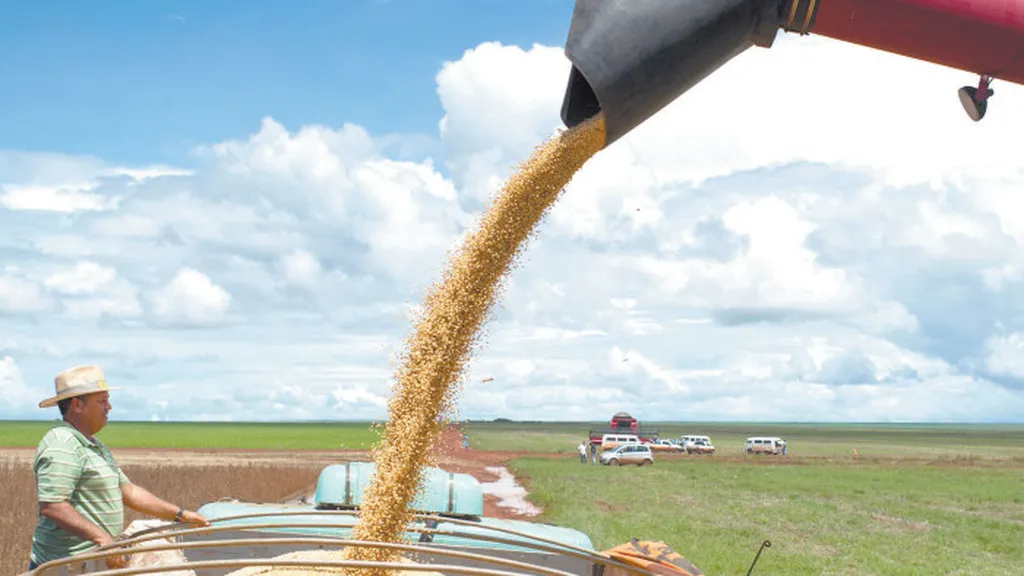In the quest to mitigate climate change, scientists are turning their attention to the ground beneath our feet, exploring the potential of soil carbon sequestration to capture atmospheric carbon dioxide. A recent study published in the *Bulletin of the Dokuchaev Soil Science Institute* sheds light on this critical topic, offering insights that could reshape agricultural practices and energy sector strategies.
Dr. V. M. Semenov, a leading researcher at the Institute of Physicochemical and Biological Problems in Soil Science, Russian Academy of Sciences, has delved into the complexities of soil carbon sequestration. His work highlights the need for reliable, long-term data to accurately assess the extent of carbon capture by soils. “Current estimates are highly approximate and debatable,” Semenov notes. “We need long-term monitoring studies based on modern approaches to get close to real amounts of soil carbon sequestration.”
The study emphasizes the importance of distinguishing between terms like “soil carbon sequestration” and “soil carbon accrual.” Semenov introduces the term “soil carbon depositing” to underscore the long-term preservation of carbon in the soil. This nuanced understanding is crucial for developing effective carbon sequestration strategies.
One of the key findings is that soils in managed ecosystems have significant potential for sequestering atmospheric carbon. However, current technologies do not guarantee a sustainable increase in soil organic carbon (Corg). “The goal of climate-smart agriculture should be a reasonable compromise between climate and food aspects of the carbon problem,” Semenov explains. This involves maintaining or improving soil fertility, increasing crop yields, and mitigating carbon dioxide emissions.
The research also identifies several factors that limit carbon sequestration in soils, including climate conditions, soil type, and management practices. By understanding these limitations, scientists and farmers can develop more effective strategies to enhance carbon capture.
For the energy sector, this research offers promising avenues for carbon offset initiatives. By investing in agricultural practices that promote soil carbon sequestration, energy companies can contribute to climate change mitigation while potentially benefiting from carbon credits. However, the study underscores the need for long-term, reliable data to ensure the effectiveness of these initiatives.
As the world grapples with the challenges of climate change, the insights from Semenov’s research provide a roadmap for harnessing the power of soils to combat rising carbon dioxide levels. By fostering a deeper understanding of soil carbon dynamics, we can pave the way for sustainable agricultural practices and innovative energy solutions. The *Bulletin of the Dokuchaev Soil Science Institute* serves as a vital platform for disseminating such critical findings, bridging the gap between scientific research and practical applications.
In the coming years, as long-term monitoring studies yield more precise data, the potential of soil carbon sequestration will become even clearer. This research not only shapes future developments in the field but also underscores the urgent need for collaborative efforts between scientists, farmers, and industry leaders to create a more sustainable future.

